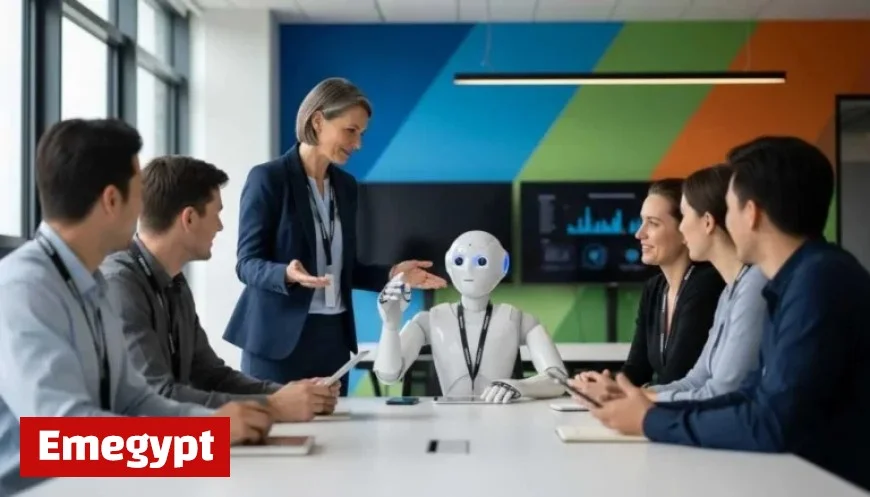Guide to Equip Your Workforce for AI Integration

As organizations increasingly integrate artificial intelligence (AI) into their operations, it is vital for Chief Information Officers (CIOs) to establish clear guidelines. According to Elad Schulman, CEO and co-founder of Lasso Security, defining which AI tasks require human oversight is crucial, particularly when sensitive data is involved.
Key Considerations for AI Integration
Schulman emphasizes that AI agents should not operate with full privileges in production environments until they undergo rigorous security evaluations. This includes thorough security assessments, adversarial testing, and sandboxing. Such measures are essential to ensure safety and compliance within an organization.
The Role of CIOs
CIOs play a crucial role in facilitating AI integration. Their responsibilities include:
- Collaborating with compliance leaders to establish guardrails aligned with material risks.
- Developing a communication strategy to inform the organization about permitted AI tools and their appropriate usage.
- Ensuring that all employees understand AI compliance policies and proper handling of enterprise datasets.
Empowering the Workforce with AI
In addition to oversight, CIOs should champion subject matter experts who are open to embracing AI techniques. Boobesh Ramadurai, Vice President of Gen AI Capability Development and Marketing Analytics at LatentView, highlights that reliance on tribal knowledge and scattered data can hinder progress. When processes depend on manual decisions, AI agents may struggle to deliver effective outcomes.
To successfully equip the workforce for AI integration, organizations must focus on the following:
- Identifying the specific processes AI can enhance.
- Training employees to adapt to new AI tools and methodologies.
- Streamlining data access to ensure seamless AI operations.
Conclusion
As AI continues to shape the future of work, CIOs must take proactive steps to define roles, establish guidelines, and empower their workforce. By doing so, organizations can harness the full potential of AI while minimizing risks associated with its deployment.































